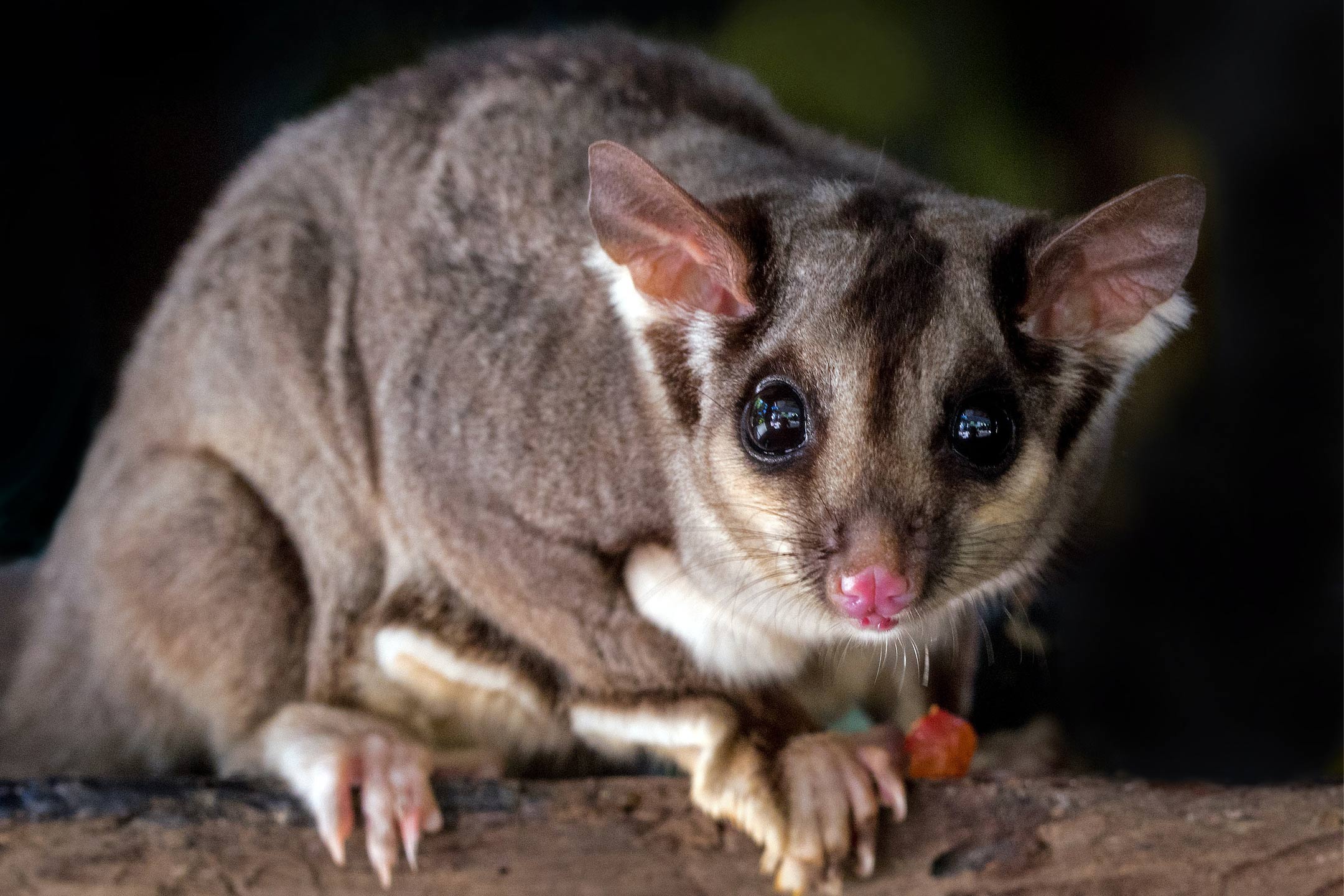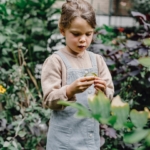
11 Aug 5 simple steps to becoming an Urban Field Naturalist
Let’s turn to practicalities and get you started on your urban field naturalist journey.
It can seem daunting, and you might not know where to begin, but these five simple steps will do the trick. Even when you’re an experienced urban field naturalist, it’s still always helpful to remember and employ these steps.
1. Slow down
There’s a world of activity going on all around us, so take the time to pause and really pay attention. Even the soil beneath our feet is home to a startling variety of creatures. By slowing down, we move beyond the immediately obvious and visible. We notice small things and we can appreciate everything at a finer, more nuanced grain. For this kind of attention we need to spend enough time to see slow-motion processes unfold. This allows us to tune in to things that are happening so rapidly that if we blink we might miss them. When we slow down, it’s easier to appreciate the living world at all its diverse scales and paces.

2. Observe
We can hone our skills for paying attention to what’s happening in front of us and around us. Use all your senses to observe closely. Watch for those small movements, tiny differences: Which insects are visiting this particular flower? What are they up to? Listen carefully to how a bird’s call changes in different circumstances. Smell the different scents on the wind at a given time of day or season. We might even touch and taste the world around us (albeit only when we know it’s safe to do so — don’t go tasting mysterious plants or fungi). By observing in this way we move well beyond creating an inventory of the particular species we’ve spotted; we take our first step towards crafting new understandings.
3. Record
Keep close records of your observations. You can do this in various ways, from writing or drawing in a field journal to taking a photograph, or making a video or audio recording. No matter how you record, it’s a good idea to keep track of when and where things occurred, and perhaps also the weather and environmental conditions. In general, the more detail you can capture the better — you often won’t know what’s most interesting or important about an observation until much later. Videos, in particular, can allow you to revisit an interaction or behaviour, to slow it down and pause, to listen and glean things you might have missed the first time. In some circumstances it may be appropriate to collect specimens that can be shared and studied further. There are now also a variety of online citizen science projects— such as iNaturalist and eBird, which have a global focus; and Big City Birds and Wildlife Assist, which focus on Australia. These allow you to both record and share your observations.
4. Ask Questions
Cultivate curiosity about why the things you’re observing are as they are. This requires you to move beyond absorbing facts and experiences and into a genuine inquisitiveness about what they mean. Ask questions. Why are some animals more abundant on some days? Why do some plants thrive in cities and others disappear? The more you observe and learn, the more you realise what you don’t know, and the better your questions will be. Becoming curious about the ‘why’ behind what animals and plants do makes everything that much more interesting. All sorts of resources can help you learn more about animals and plants in ways that can inform your questions. The guides and stories in this book are intended as information and inspiration to help you in this endeavour, but you may also wish to consult materials specific to your particular place and to the species that interest you.
5. Share
You can pass your observations, insights and questions on to others. There’s a whole world out there of interested people you might learn from — or even be able to teach. Your observations might be invaluable to others; they might feed into a broader web of information that helps us all, as a community, to see and understand the world a little differently. Some online biodiversity databases such as those mentioned in point 3 provide a platform not just for recording but for sharing and discussing your observations. Of course, you can also send the Urban Field Naturalist Project a short story.
Repeat
Finally, we begin the process again, with all that we have learnt informing our efforts to appreciate and understand our living world in all its beauty, complexity and rawness.
5 simple steps to becoming an Urban Field Naturalist is an extract from

by The Urban Field Naturalist Project
Murdoch Books | August 2022 | RRP $32.99
Available from all good book shops or online.
See Review here




